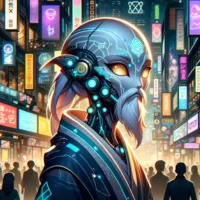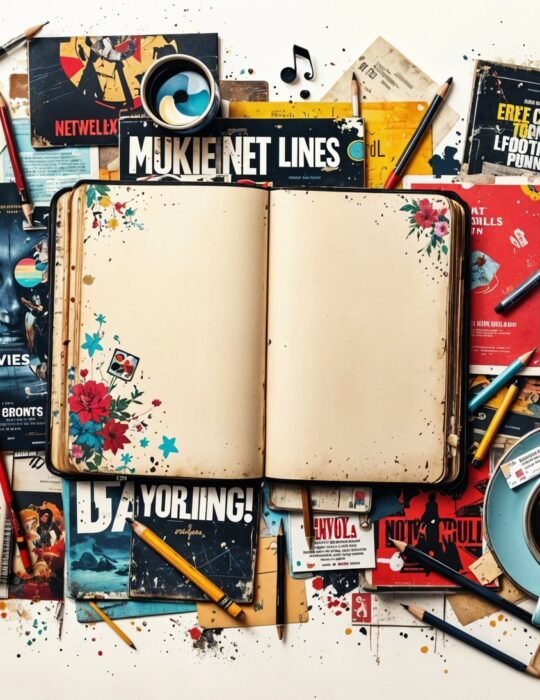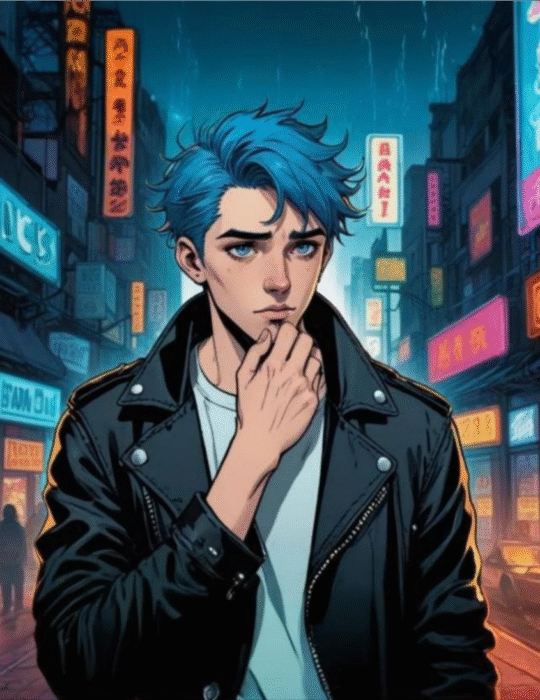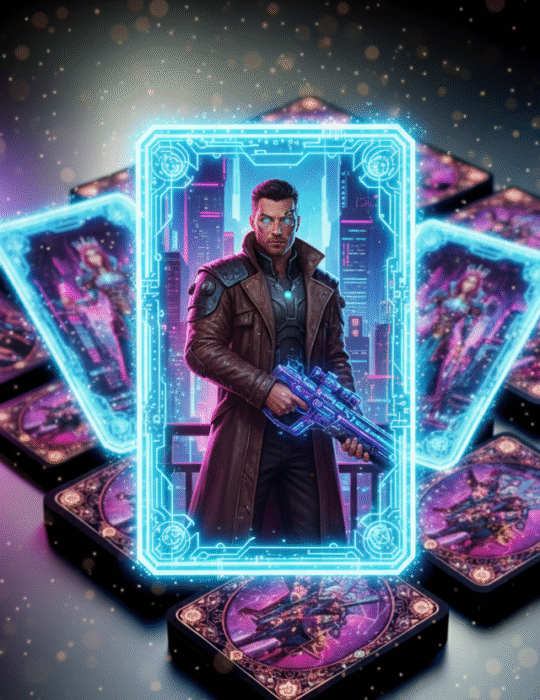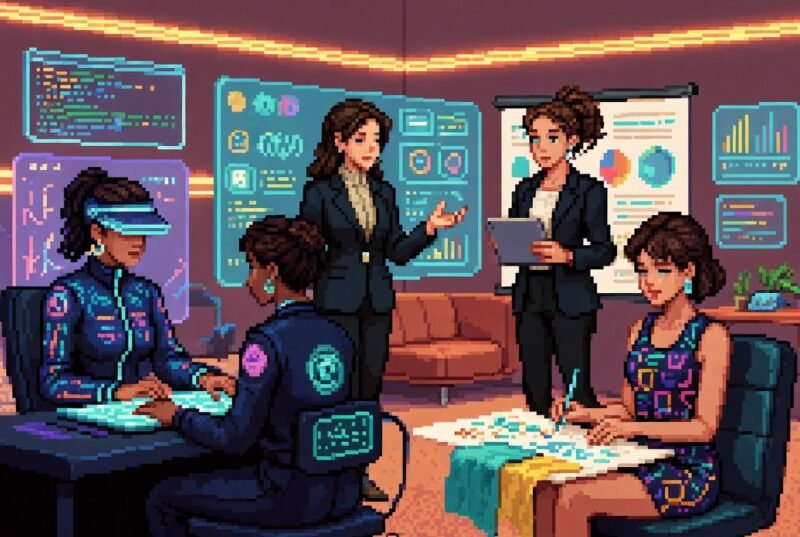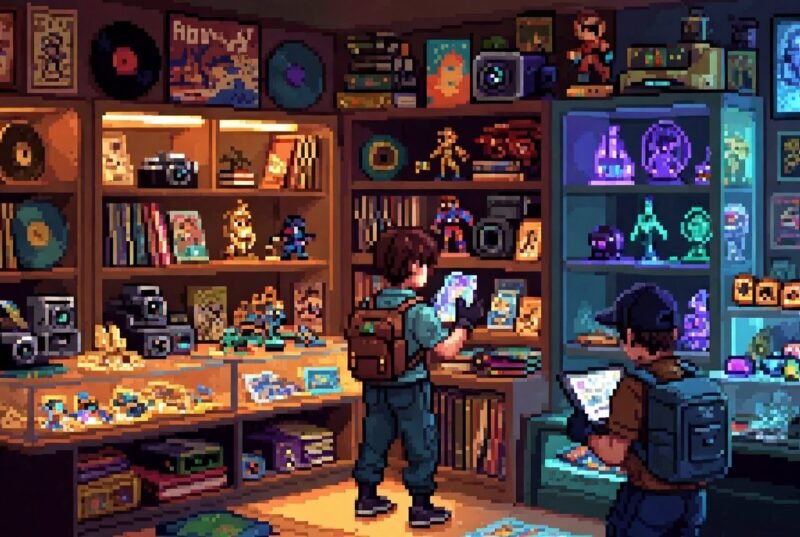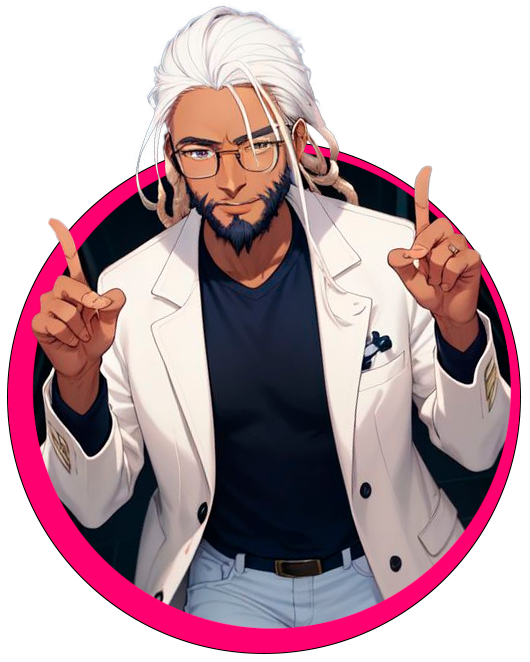And the BBC decided it was time to show this in prime time.
Yeah, it was on that gloriously pixelated day that the BBC aired, for the first time, a live show in color.
Not black and white with retro charm.
Not “dramatic shades of gray worthy of a French film.”
But COLORS.
For real.
The kind that makes your retina go “Wow” and your grandma complain that “now the TV uses more power.”
🌈 What did this change forever?
Besides triggering existential crises in those who thought the TV sky was gray by nature…
🔴 It paved the way for a new era of audiovisual entertainment, with flashy costumes, colorful sets, and artists who didn’t look like zombies live.
🟡 It redefined advertising, which started using color to manipulate emotions — basically, it invented the modern concept of “too happy margarine ads.”
🔵 It inspired generations of content creators, directors, designers, illustrators, and educators to think visually, using color as a narrative language.
👴 Oscar, with nostalgia in his voice and sepia filter on his bifocals:
“And in that magical moment, the world realized that telling stories with color was just as powerful as using dragons, spaceships, or slow-motion kittens.”
🐲 Barkley, holding a remote covered in glitter and neon:
“If you had to tell a story using only colors…
Which ones would you choose?
And what emotions would they evoke?”
🎯 Mission of the Day
Create something using just three colors. A post, a logo, a lesson.
Explain the emotion of each color.
And use that to turn a simple idea into something memorable.
💰 Reward:
A prettier feed. A more vibrant brain. And maybe… a gif that goes viral.
